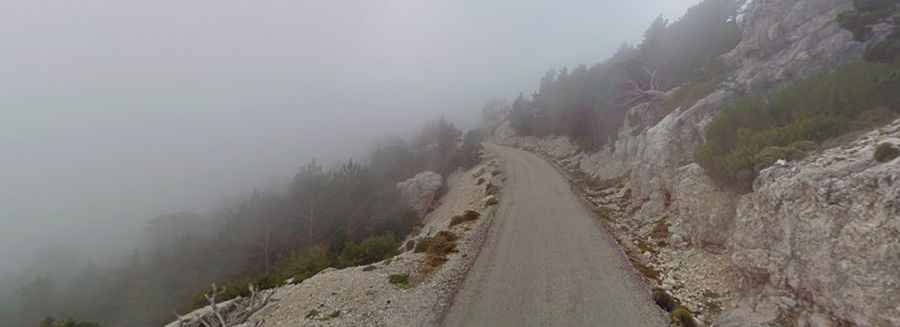Driving to Mont Caro, the Highest Road in Tarragona — Only if You’re Not Afraid of Heights
Mont Caro is a mountain peak at an elevation of 1,447m (4,747ft) above sea level, located in Catalonia, Spain. The summit is heavily built up, partly occupied by large buildings and towering antenna masts. The road to the top is narrow and dangerous, particularly during winter.

Where is Mont Caro?
Mont Caro is situated in the province of Tarragona, in northeastern Spain, within Els Ports Natural Park.
Why is Mont Caro Famous?
At this elevation, Mont Caro is the highest point in both the Ports de Tortosa-Beseit range and the province of Tarragona. The summit features two large antennas and a shrine to the Virgin Mary.
What’s the Weather Like on Mont Caro?
Located in the Ports de Tortosa-Beseit range, Mont Caro experiences a Mediterranean climate. In summer, the forest can become extremely hot and dry. Be sure to stop along the way to enjoy the stunning views and the birdlife in the various habitats. During winter, snowfalls occasionally cover the summit.
How Challenging is the Road to Mont Caro?
The road to the summit is fully paved but in poor condition. It includes steep sections and lacks central markings. The narrow road is barely wide enough for two cars to pass, with no guardrails in certain areas. The climb is long and tough, starting with well-maintained roads near Tarragona, but as you ascend, the roads become narrower and more worn, with rocky roadside edges jutting out. The ascent bears some resemblance to Mont Faron, known from the Tour Méditerranéen and Paris-Nice races. While Mont Faron is short and steep, Mont Caro’s climb is long and exhausting, though both offer stunning views of the coastline below.
How Long is the Road to Mont Caro?
Beginning in Tortosa, the ascent stretches for 23.2km (14.41 miles) with an elevation gain of 1,424 meters. The average gradient is 6.1%, and the road becomes very steep, with sections reaching up to 20% near Lo Portet, a mountain pass. Mont Caro has also been climbed by cyclists during the Volta a Catalunya race.